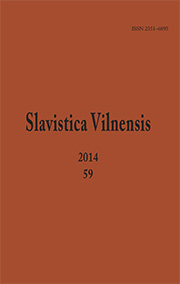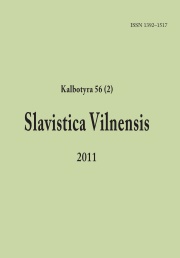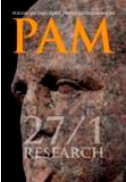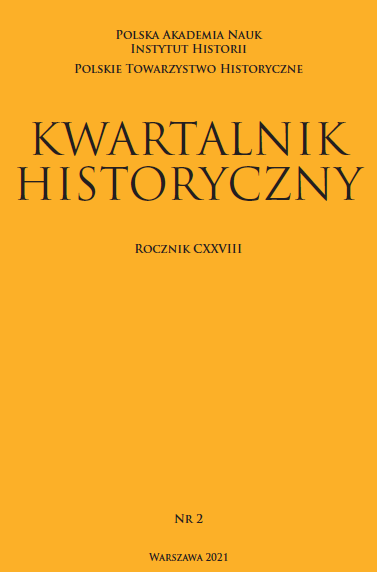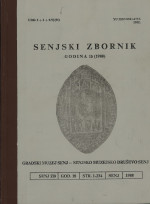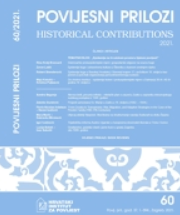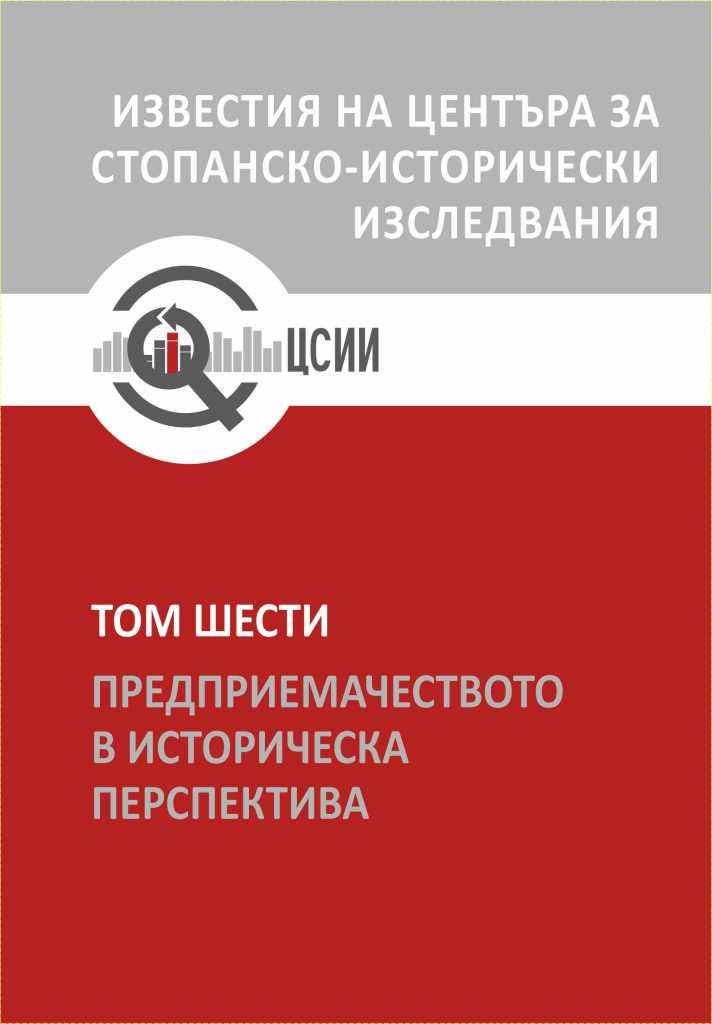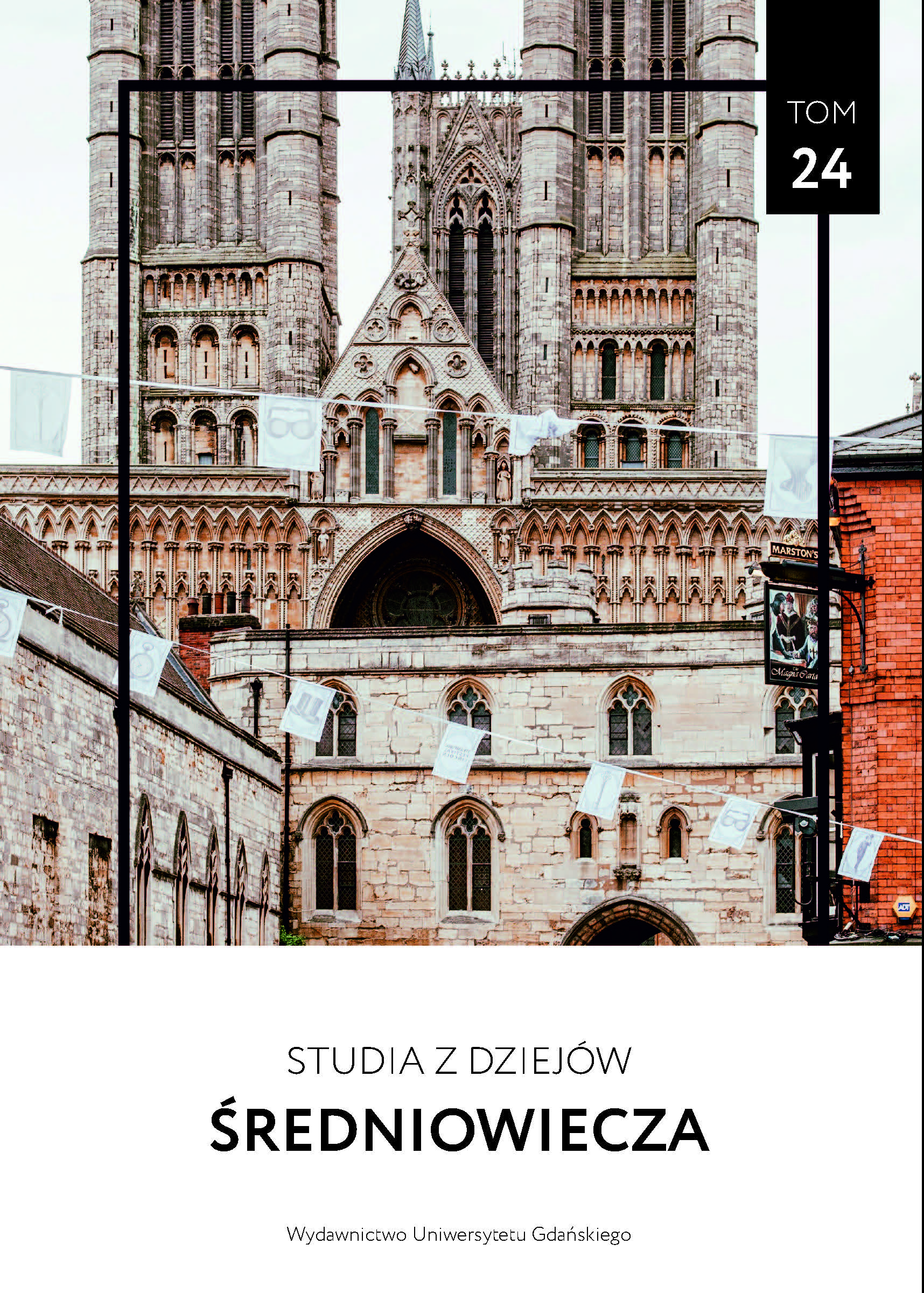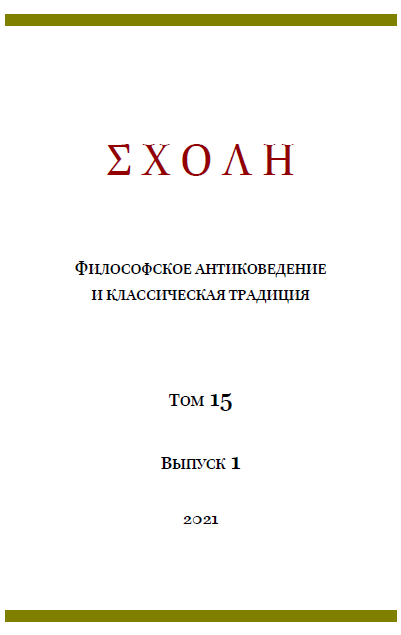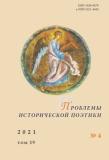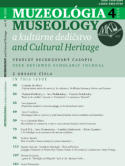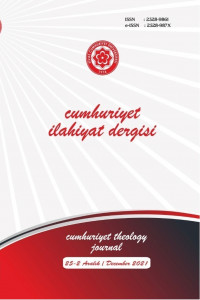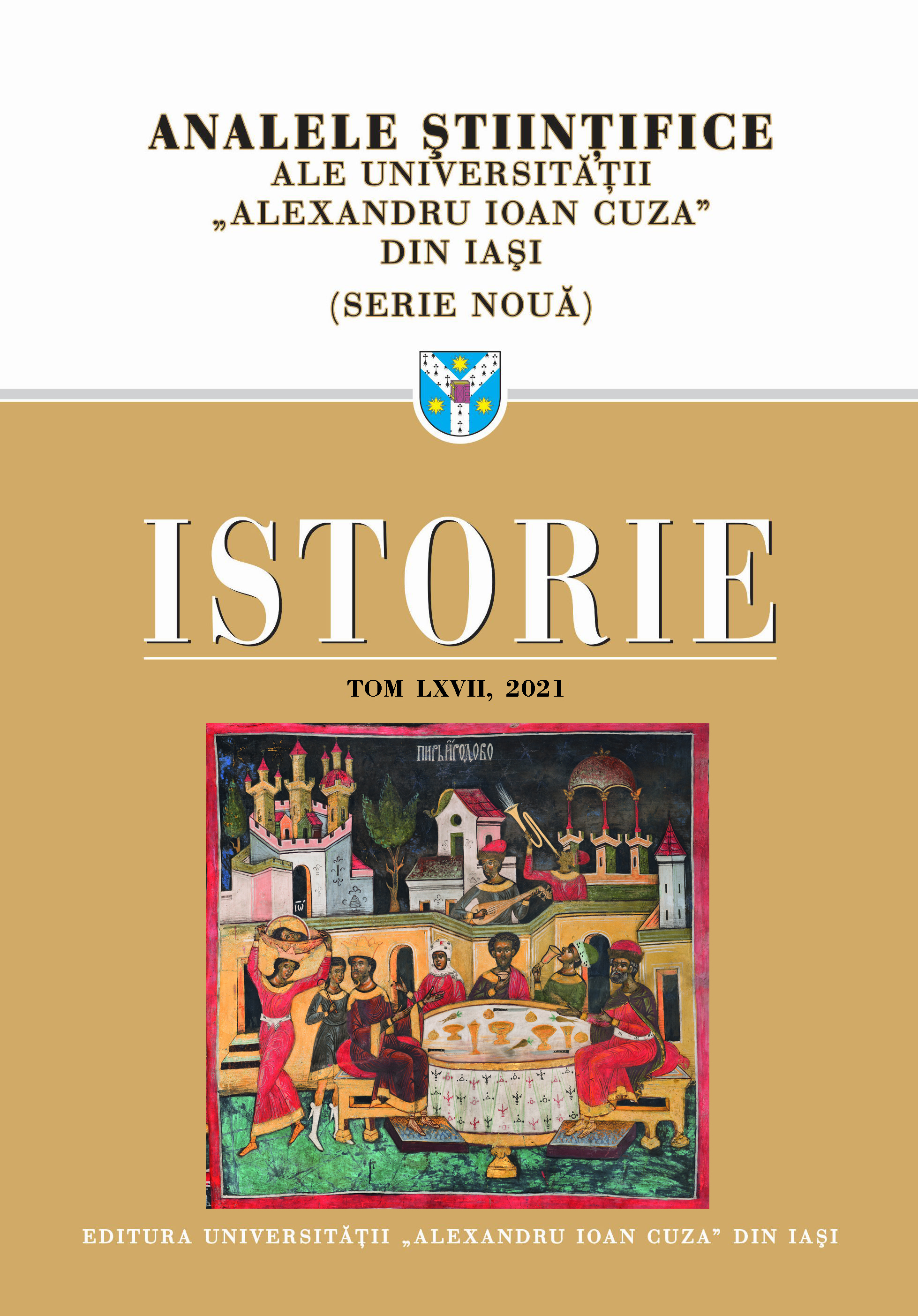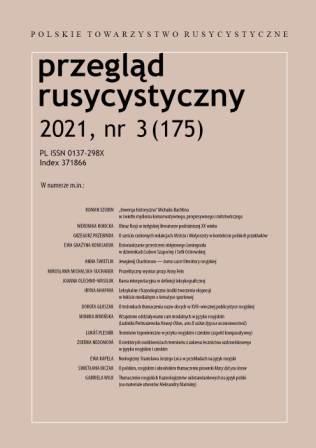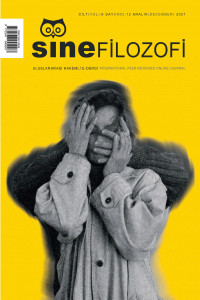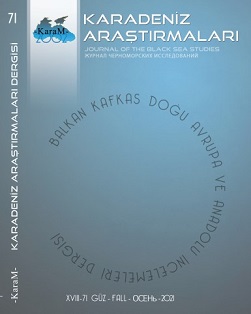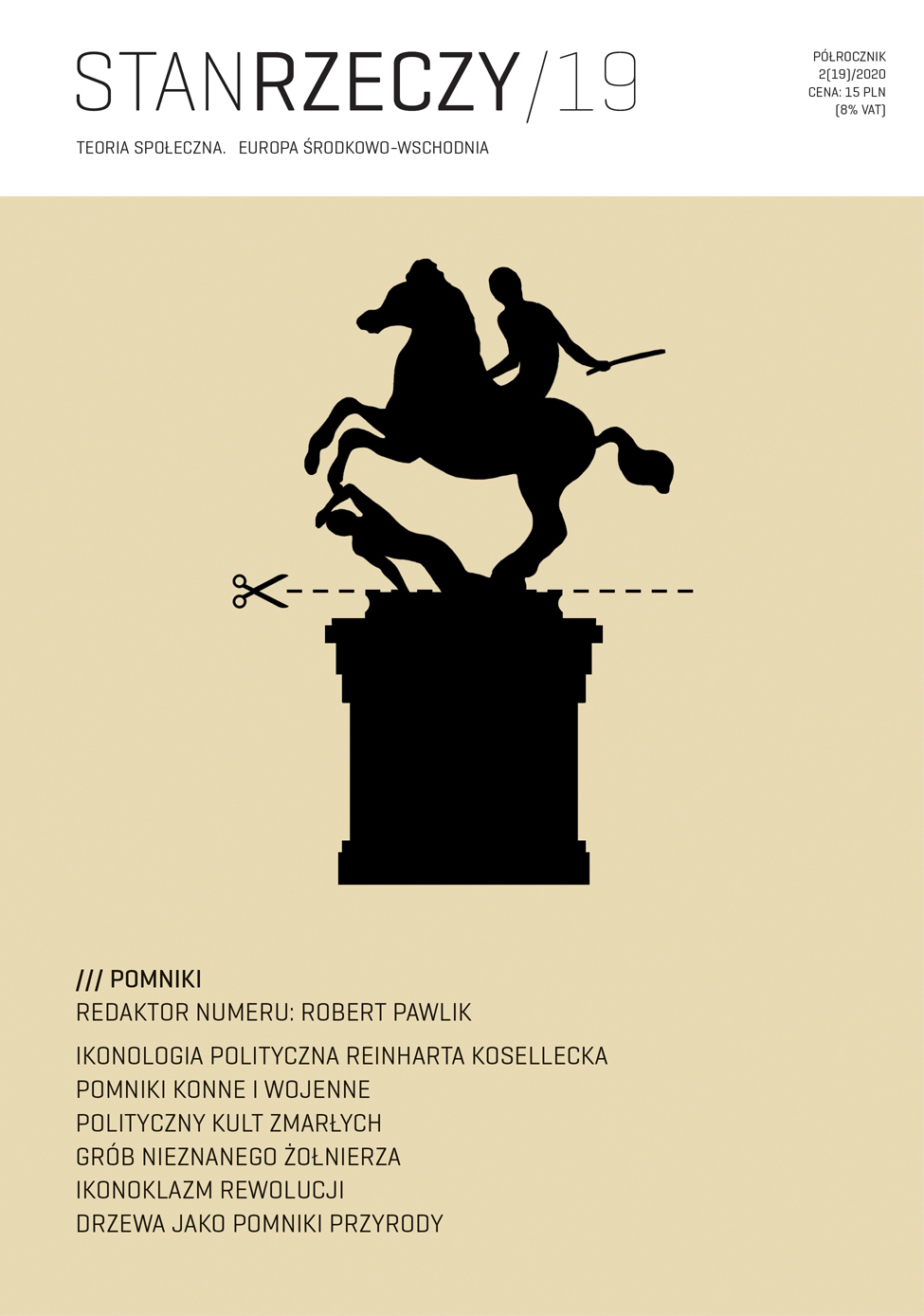Author(s): Mehdi Cengiz / Language(s): Turkish
Issue: 2/2021
Standard language, which follows rules of dictionary and grammar, undergoes various changes when it is the subject of literature, especially poetry. These changes, called linguistic deviation, are due to the poet’s expression of his feelings and thoughts by forcing the possibilities of language. In this direction, language deviations can be defined as the dispositions where the author goes out of the standard language, as in the examples of changes in the pronunciation (ṣavt), form (ṣarf) or spelling (kitābet) of the words, the derivation of new words that are not used in the language (irticāl) and the deterioration of the syntax (naḥv). According to many literary critics such as Ibn Hishām al-Ansārī (d. 761/1360) and ʿAbd al-Qādir al-Baghdādī (d. 1093/1682), this language used by Arab poets who were not influenced by foreign languages, namely the Cāhilī, Muḥaḍram and Islāmī poets (ḳudemâ), was acceptable and it is considered as ḍarūrātuş-şiʿriyye (poetry necessities). In this context, deviations that do not comply with the standard language are tried to be explained with dialect differences, different variants of the couplet or various interpretations. However, some scholars such as Ibn Fāris (d. 395/1004) and Abū al-Ḥasan al-Jurjānī (d. 392/1001-1002) argue that these usages are laḥn (linguistic mistakes). According to these names, it is not correct to explain the poets’ use, which are contrary to the standard language rules, with excessive interpretations (takalluf). Assuming that linguistic deviations are laḥn, they cannot represent a superiority in terms of literary value, but when considered as a necessity, they represent a superiority within the framework of certain criteria. But any specific criteria have been determined before about which linguistic deviations represent the superiority. Therefore, in our study, the theories put forward about the accuracy of linguistic deviations that exceed the standard language rules will be examined and the necessary criteria for them to represent a superiority will be determined.
More...
